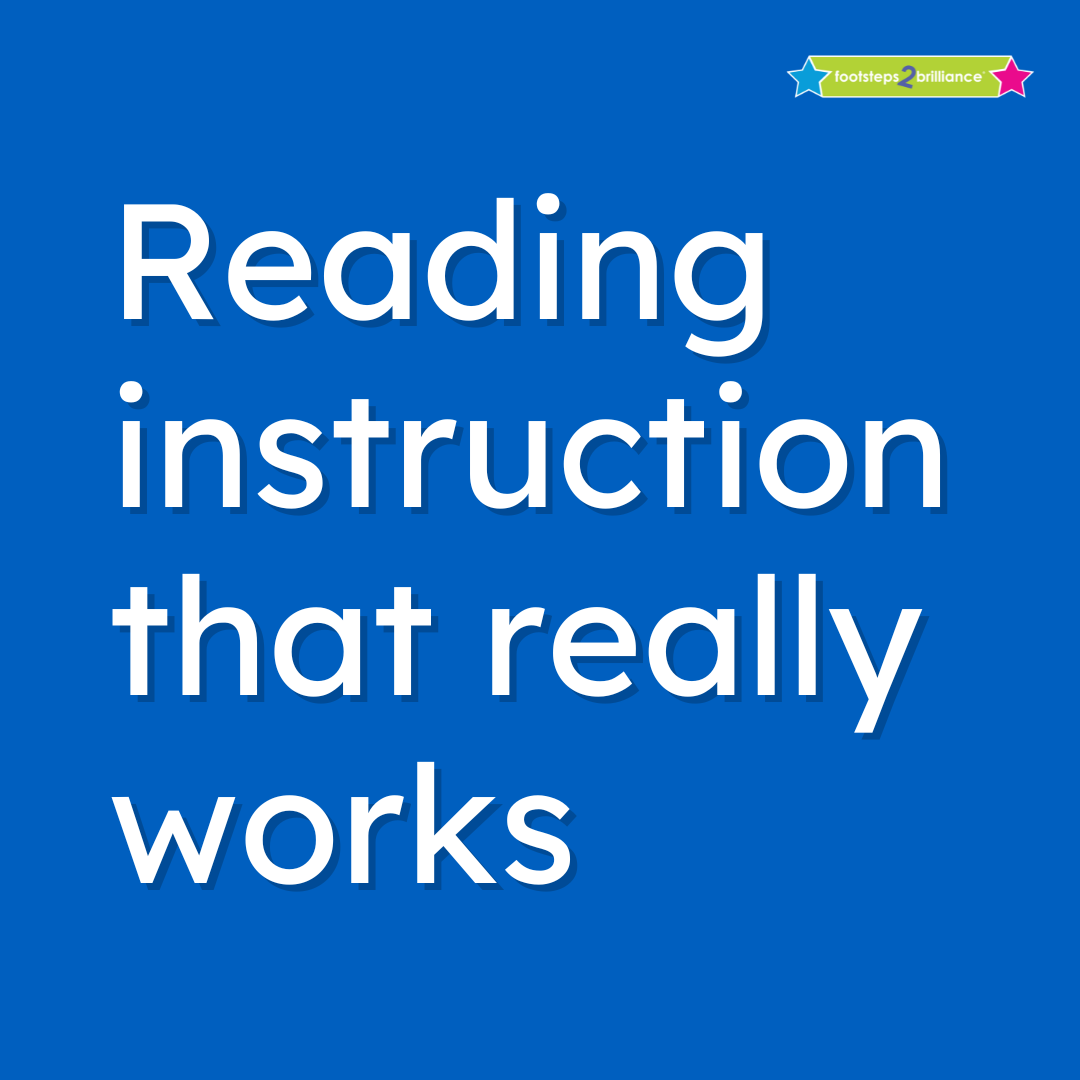
We’ve moved beyond the buzzwords and uncovered the mystery of the science of reading. Now we’ll talk practically about five essential reading domains, critical pillars that will lead to student reading achievement. While there’s no single set of instructions for teaching each of these domains, science of reading research has shown that spending instructional time building skills in these domains will set students up to be successful readers. In this final installment of the Demystifying the Science of Reading Teacher Tip Tuesday series, we’ll talk about ways you can address these essential domains in your reading instruction and offer some tools to make it easy and fun!
Five essential domains of reading acquisition
Reading, like any other skill, is made up of layers of skills in different domains that need to be explicitly taught and practiced. There are many important domains to building reading proficiency, but five key pillars are alphabet knowledge, phonemic awareness, phonics, reading fluency, and vocabulary.
Before the journey into reading begins, students must master the alphabet. Introducing letters in a dynamic and engaging way establishes the building blocks for decoding words. We know this is a skill you work on in your classroom for months – maybe even all year! Footsteps2Brilliance has hundreds of games and activities that build alphabet knowledge in the F2B Central Pre-K Skill Library. Your kids will love playing See It, Catch It – capital or See It, Catch It – lowercase after they practice forming the letters in Better Big Letters or Better Little Letters, for example.
Does your district use Clever Kids University™? CKU Pre-Reader makes it even easier for your students to build alphabet knowledge in just 15 minutes each day. The pre-bundled lessons begin with alphabet knowledge work. Click here to learn more about CKU Pre-Reader.
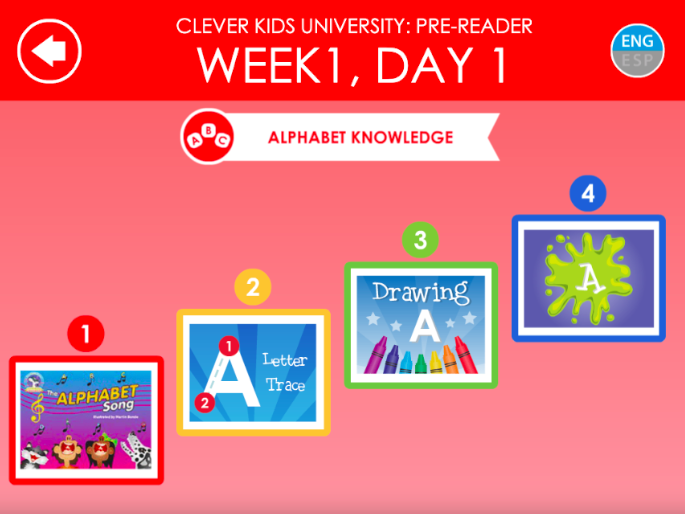
Phonemic awareness, the ability to identify and manipulate individual sounds in words, is a crucial skill for early readers. You can enhance your students’ phonemic awareness skills through various activities, such as rhyming games, sound segmentation, and blending activities. Footsteps2Brilliance offers hundreds of these activities that build phonemic awareness. This helps pave the way for smoother decoding and word recognition in more advanced reading stages. Play games like Classy Classifications and Rhyme Slime to build phonemic awareness in a fun and engaging way!
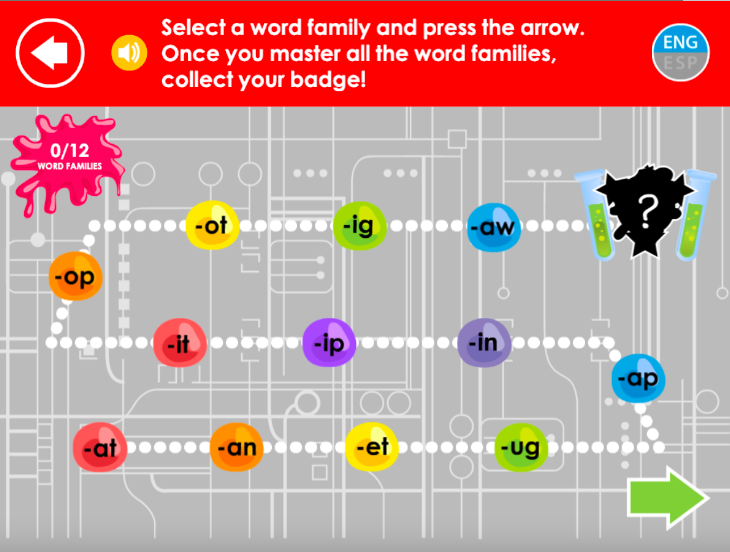
Linking sounds to written symbols, phonics bridges the gap between spoken and written language. Best teaching practices employ systematic and explicit phonics instruction, guiding students through the relationships between letters and sounds. Integrating phonics into reading lessons helps students decode unfamiliar words independently and enhances overall reading proficiency. Make phonics FUN with books like the Mega Mouth Songbook series and games like Funny Phonics.
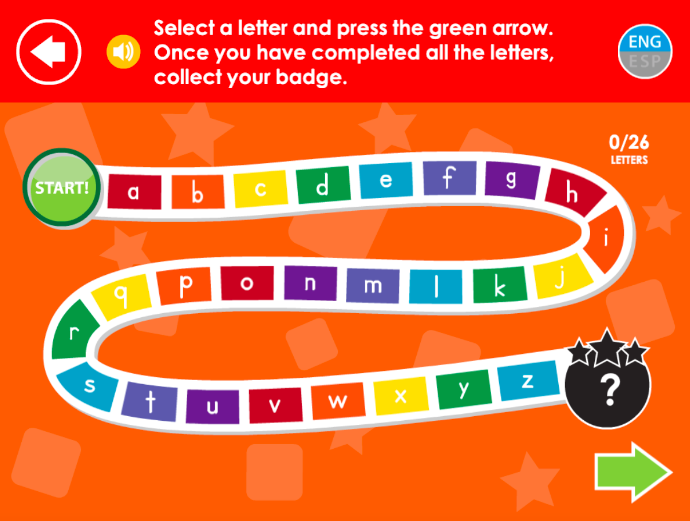
Fluency is the ability to read with accuracy, speed, and expression. You can foster fluency in your readers by providing ample opportunities for repeated reading, encouraging the use of punctuation cues, and engaging in expressive reading exercises. In every Footsteps2Brilliance book, students can hear words, sentences, and whole pages read aloud. This provides an exemplar for fluency that students can use when they practice reading out loud. Many F2B books include the opportunity for students to record themselves reading or singing the book. Students can listen to their recordings and continue to refine their fluency skills. As students become fluent readers, comprehension improves, allowing them to focus on the meaning behind the words. Help students develop these skills in fluency games where students listening to a model demonstrate intonation for question marks, recording, and then listening to their recording.
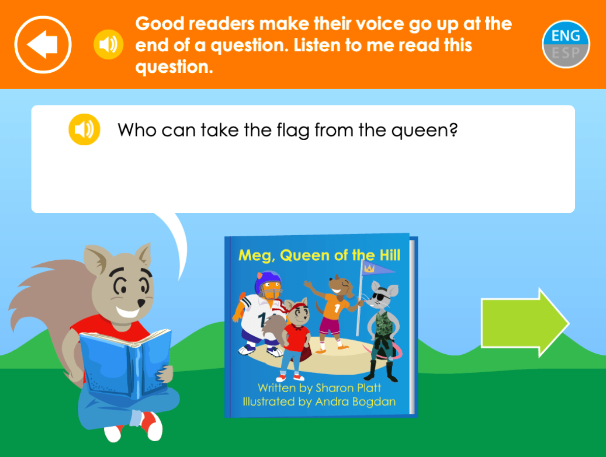
A rich vocabulary is the key to unlocking deeper comprehension. You can expand your students’ word knowledge through explicit vocabulary instruction, context-based learning, and exposure to diverse texts. Encouraging curiosity about words and their meanings enhances not only reading comprehension, another crucial reading pillar, but also overall communication skills. You can narrow the vocabulary building activities in Footsteps2Brilliance Central so that they are developmentally appropriate for your students by using grade filters in the sidebar. Some great examples of vocabulary building activities include Healthy Food for younger students, and Life Sciences books for older students.
As we discussed in our last article, there is no one-size fits all approach to teaching reading. High-quality instruction in alphabetic knowledge, phonological awareness, phonics, reading fluency, vocabulary, and comprehension can help children develop into successful readers.
In practice, effective reading instruction is a blend of art and science, employing dynamic and engaging methodologies. From foundational alphabet knowledge to nuanced comprehension fostered by an enriched vocabulary, every step in the reading journey is significant. These tools and techniques offer not just an insight into effective instruction but a promise that with the right guidance, every student can unlock the doors to a world of limitless possibilities through the magic of reading.
Looking for more Teacher Tip Tuesday content? Visit https://www.footsteps2brilliance.com/category/teacher-tip-tuesday/
Not signed up? To learn how to provide your class with access to the Footsteps2Brilliance bilingual literacy program, click here, or sign up to speak to a Footsteps2Brilliance expert here.




